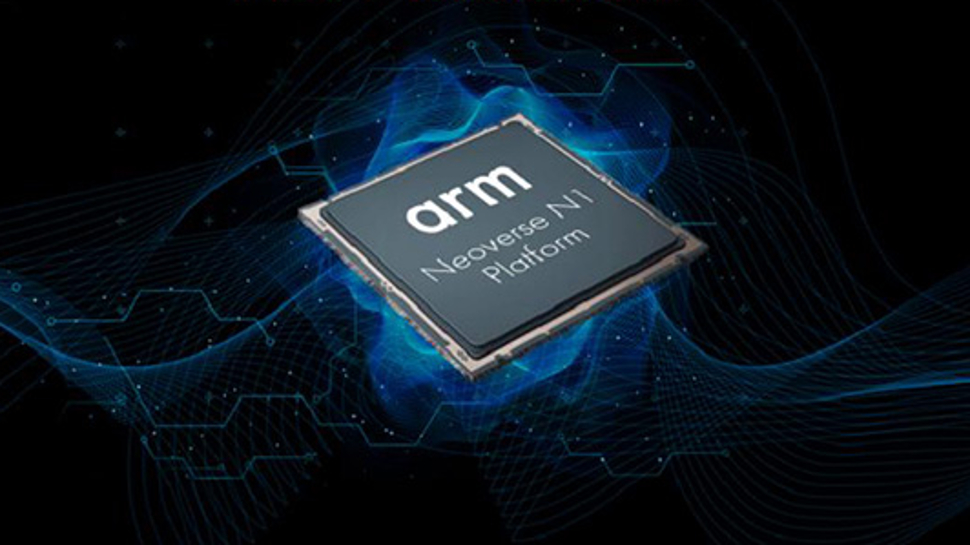AWS Graviton2 brings 'major performance leap' to Amazon EKS
AWS customers can now run containers more efficiently thanks to Graviton2

Amazon's cloud computing arm AWS has announced that its fully managed Kubernetes service Amazon EKS is now generally available on its Graviton2 processor.
The Graviton2 is an Arm chip designed by AWS and its Annapurna Labs unit which provides a number of improvements over its predecessor including two times faster floating point performance per core, optimized instructions for faster machine learning inference, customer hardware acceleration, always-on fully encrypted DDR4 memory and 50 percent faster per core encryption performance for enhanced security.
In a blog post, product developer advocate for the AWS container team, Michael Hausenblas explained how customers can benefit from running Amazon EKS on the Graviton2, saying:
- We've put together a list of the best cloud storage services
- These are the best laptops for programming on the market
- Also check out our roundup of the best cloud analytics
“AWS Graviton2 processors power Arm-based EC2 instances delivering a major leap in performance and capabilities as well as significant cost savings. A primary goal of running containers is to improve the cost efficiency for your applications. Combine both and you get a great price performance. For example, based on internal testing of workloads we saw 20% lower cost and up to 40% higher performance for M6g, C6g, and R6g instances over M5, C5, and R5 instances.”
Amazon EKS on Graviton2
Now that Amazon EKS is generally available on AWS' Graviton2 processors where both services are available regionally, the managed Kubernetes service now supports the 64 bit ARMv8.2 architecture among others. The service also offers end-to-end multi-architecture support as well as support for mixed managed node groups.
At the same time, AWS has created and is maintaining a Git repository to help out new users who are just getting started using Arm-based Graviton and Graviton2 processors.
Amazon also announced that is serverless compute engine for containers, AWS Fargate now supports its Elastic File System for Amazon EKS.
Are you a pro? Subscribe to our newsletter
Sign up to the TechRadar Pro newsletter to get all the top news, opinion, features and guidance your business needs to succeed!
- We've also highlighted the best cloud computing services
Via ZDNet
After working with the TechRadar Pro team for the last several years, Anthony is now the security and networking editor at Tom’s Guide where he covers everything from data breaches and ransomware gangs to the best way to cover your whole home or business with Wi-Fi. When not writing, you can find him tinkering with PCs and game consoles, managing cables and upgrading his smart home.
